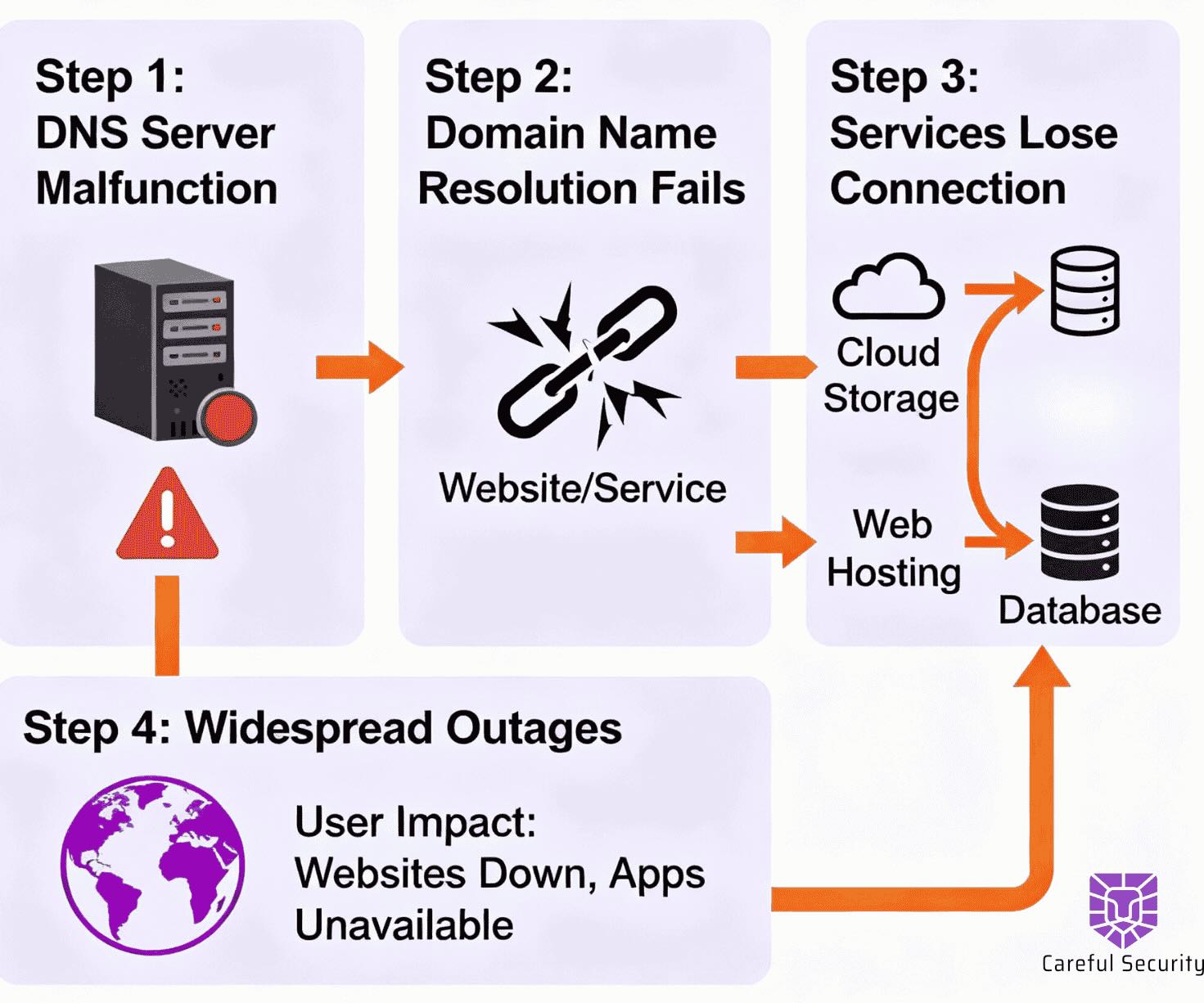Measuring Progress with Security KPIs

How Businesses Can Move the Needle on Risk
Most cybersecurity programs are drowning in tasks—and starving for clarity.
o Your team has a backlog of recommendations.
o Your auditor gave you 42 action items.
o Your MDR provider keeps sending alerts.
And somewhere, someone is still asking, “Are we secure yet?”
If this sounds familiar, you’re not alone.
The solution isn’t another spreadsheet or policy template. It’s building a Security KPI framework that helps you prioritize what matters and track actual progress.
Why Traditional Security Programs Stall
We’ve worked with dozens of organizations and seen the same challenges repeat:
o Too many tasks, no scoring system
o No single source of truth for status
o Compliance efforts disconnected from technical implementation
o Stakeholders unclear on what “done” looks like
Without clear Key Performance Indicators (KPIs) and ownership, security becomes performative—and audit prep becomes panic.
What is a Security KPI?
Security KPIs are quantifiable metrics that help you measure progress, effectiveness, and maturity of yoursecurity program.
But here's the key: KPIs must connect back to business risk.
Here are some sample KPIs
· Percentage of endpoints with EDR coverage
· Number of unresolved high-severity risks
· Percentage of completed compliance tasks
· Average Time taken to close a security alert
· Percentage of MFA coverage across apps
· Percentage of staff completing security training
The list is not complete, but more of a starting and can be customized based on your business needs.
Cybersecurity Leadership for Your Business
Get started with a free security assessment today.
.avif)
.avif)




.svg)
.svg)
.svg)